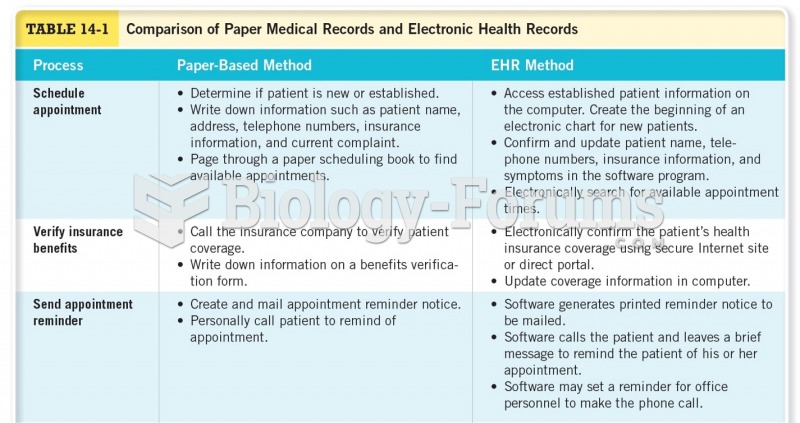Answer to Question 1
Benzodiazepines are drugs used to reduce anxiety, including Valium, Xanax, Rohypnol, and Halcyon. These drugs impact the GABA system, and their use can result in tolerance and dependence. In recent years, Rohypnol has become known as the date rape drug.. Barbiturates include Amytal, Seconal, and Nembutal and are prescribed to help people sleep. They affect the GABA system and can be addictive. These drugs relax the muscles and produce mild well-being, but can also impact speech, concentration, and walking. Overdoses can result in suffocation.
Answer to Question 2
Psychoactive substances alter mood, behavior, or both.
Depressants result in behavioral sedation and can induce relaxation. They include alcohol (ethyl alcohol) and the sedative, hypnotic, and anxiolytic drugs in the families of barbiturates (for example, Seconal) and benzodiazepines (for example, Valium, Xanax). Depressants are physiologically addictive.
Stimulants cause us to be more active and alert and can elevate mood. Included in this group are amphetamines, cocaine, nicotine, and caffeine. Stimulants can be physiologically and psychologically addictive.
Opiates produce analgesia temporarily (reduce pain) and euphoria. Heroin, opium, codeine, and morphine are included in this group. Opiates are physiologically and psychologically addictive.
Hallucinogens alter sensory perception and can produce delusions, paranoia, and hallucinations. Marijuana and LSD are included in this category. Hallucinogens are not physiologically addictive but are psychologically addictive.
Other substances that are abused but do not fit neatly into one of the categories here include inhalants (for example, airplane glue), anabolic steroids, and other over-the-counter and prescription medications (for example, nitrous oxide). These substances produce a variety of psychoactive effects that are characteristic of the substances described in the previous categories.







